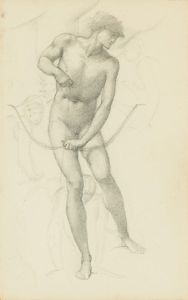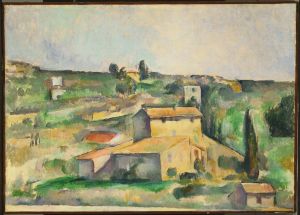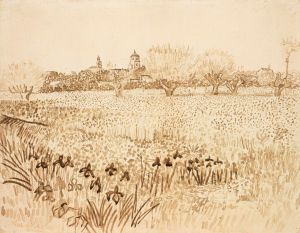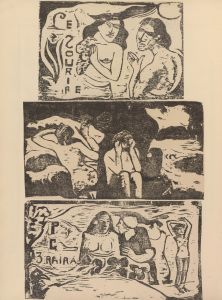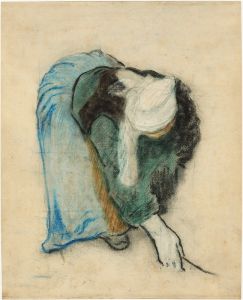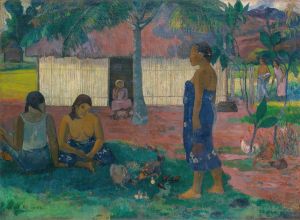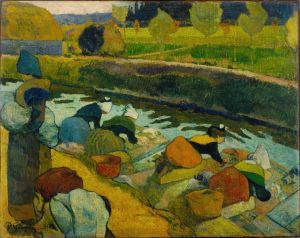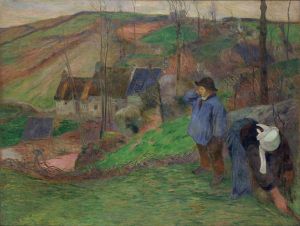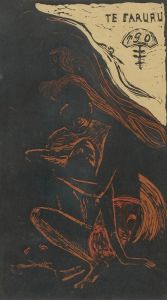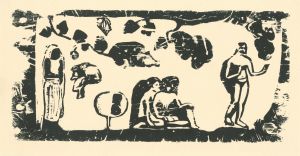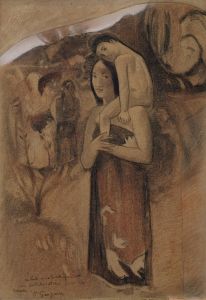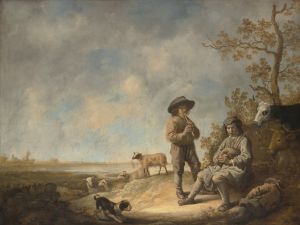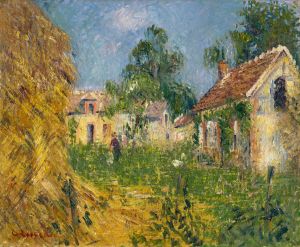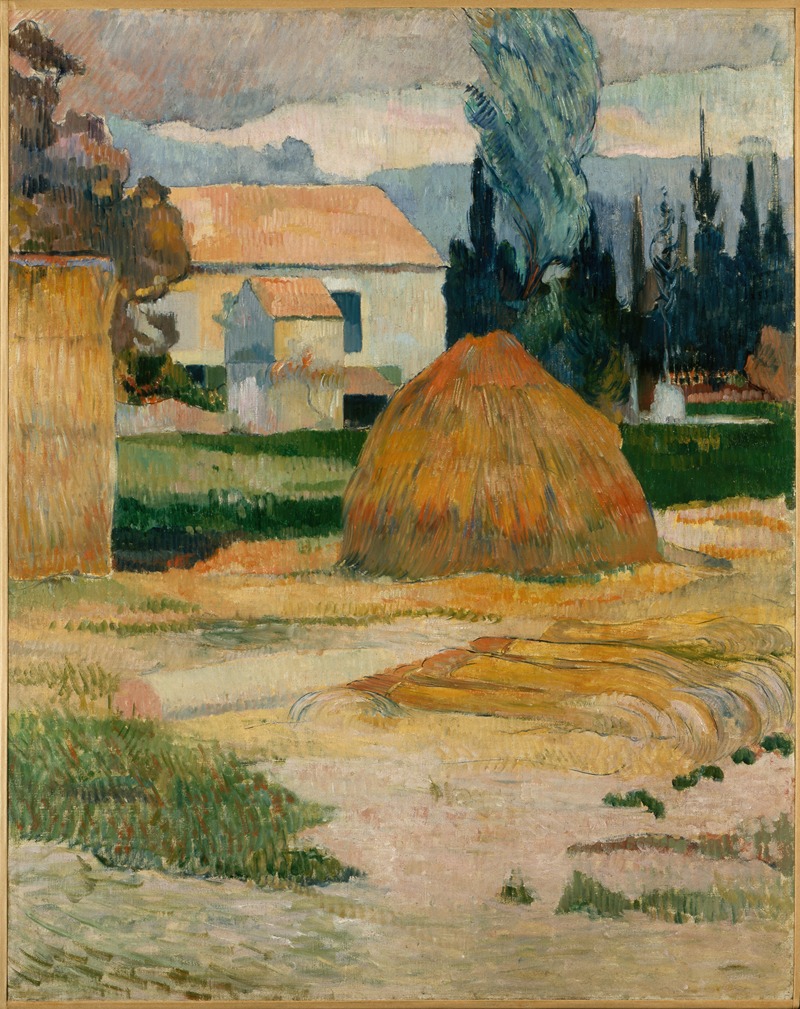
Landscape Near Arles
A hand-painted replica of Paul Gauguin’s masterpiece Landscape Near Arles, meticulously crafted by professional artists to capture the true essence of the original. Each piece is created with museum-quality canvas and rare mineral pigments, carefully painted by experienced artists with delicate brushstrokes and rich, layered colors to perfectly recreate the texture of the original artwork. Unlike machine-printed reproductions, this hand-painted version brings the painting to life, infused with the artist’s emotions and skill in every stroke. Whether for personal collection or home decoration, it instantly elevates the artistic atmosphere of any space.
"Landscape Near Arles" is a painting by the French Post-Impressionist artist Paul Gauguin. Created in 1888, this work is one of the many pieces Gauguin produced during his stay in Arles, a town in the south of France. This period was marked by his collaboration and friendship with Vincent van Gogh, who had invited Gauguin to join him in Arles with the hope of establishing an artists' colony.
The painting depicts a rural scene near Arles, capturing the essence of the Provençal landscape with its vibrant colors and dynamic composition. Gauguin's use of bold, expressive brushstrokes and a vivid palette reflects his departure from the more subdued tones of traditional Impressionism, moving towards the Symbolist movement that he would later become known for. The landscape is characterized by its simplified forms and the use of non-naturalistic colors, which were intended to convey emotional and spiritual truths rather than mere visual reality.
Gauguin's time in Arles was a significant period in his artistic development. He and Van Gogh worked closely together, influencing each other's styles and approaches to painting. However, their relationship was fraught with tension, culminating in a dramatic incident in December 1888, when Van Gogh famously cut off part of his own ear. This event led to Gauguin's departure from Arles and marked the end of their collaboration.
"Landscape Near Arles" is an important example of Gauguin's work during this period, showcasing his evolving style and his interest in exploring new artistic directions. The painting is notable for its use of color and form to convey a sense of the landscape's underlying spirit and energy, rather than simply depicting its outward appearance.
Today, "Landscape Near Arles" is held in the collection of the Minneapolis Institute of Art, where it continues to be appreciated for its innovative approach and its significance within Gauguin's body of work. The painting is a testament to Gauguin's ability to capture the essence of a place through his unique artistic vision, and it remains a valuable piece for understanding the development of modern art in the late 19th century.






